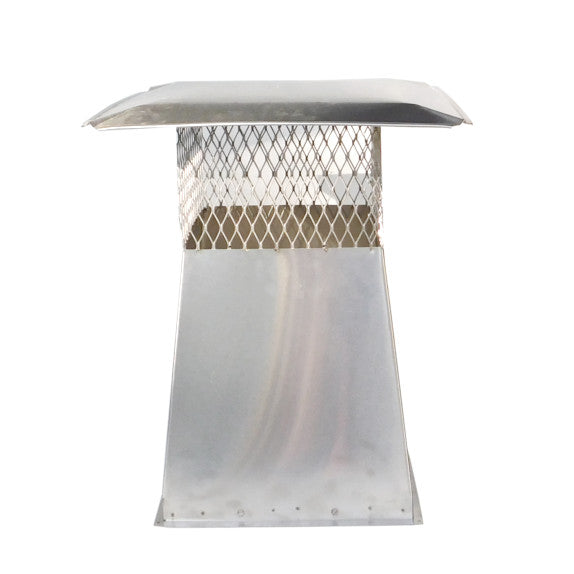Folks, I'm a new homeowner and am completely stumped by a fireplace issue I'm having, and I'm hoping some of the seasoned pros here can help me understand what's going on.
Our home has a main floor fireplace and a basement fireplace, and we get smoke coming through the basement fireplace anytime we have a fire in the main fireplace. Not unusual, from what I understand.
Here's the kicker, though: the basement fireplace flue is capped off at the top and stuffed with batt insulation at the bottom. Even so, enough smoke enters the basement that it's a problem. Before I stuffed the batt insulation into the bottom of the basement fireplace flue, it was far worse.
The chimney sweep who inspected the chimney is as stumped as I am. My brother-in-law is an architect and suspects a breach between the two flues. I wonder if the cap on the basement flue isn't well-sealed, and that smoke is being pulled back into the house. Or it could be something else. What do y'all think?
I've attached a diagram to make things clearer. Thanks in advance for any ideas you have!
![[Hearth.com] Smoke in the basement? [Hearth.com] Smoke in the basement?](https://www.hearth.com/talk/attachments/fireplace-diagram-webp.269823/)
Our home has a main floor fireplace and a basement fireplace, and we get smoke coming through the basement fireplace anytime we have a fire in the main fireplace. Not unusual, from what I understand.
Here's the kicker, though: the basement fireplace flue is capped off at the top and stuffed with batt insulation at the bottom. Even so, enough smoke enters the basement that it's a problem. Before I stuffed the batt insulation into the bottom of the basement fireplace flue, it was far worse.
The chimney sweep who inspected the chimney is as stumped as I am. My brother-in-law is an architect and suspects a breach between the two flues. I wonder if the cap on the basement flue isn't well-sealed, and that smoke is being pulled back into the house. Or it could be something else. What do y'all think?
I've attached a diagram to make things clearer. Thanks in advance for any ideas you have!
Last edited:



![[Hearth.com] Smoke in the basement? [Hearth.com] Smoke in the basement?](/talk/proxy.php?image=https%3A%2F%2Fwww.discountchimneysupply.com%2Fi%2FChimney%2520Caps%2FGE_Model_C_Galvanized_13530_on_Chimney.jpg&hash=0e740de46d5b1b9687e14dbbf0628cae)